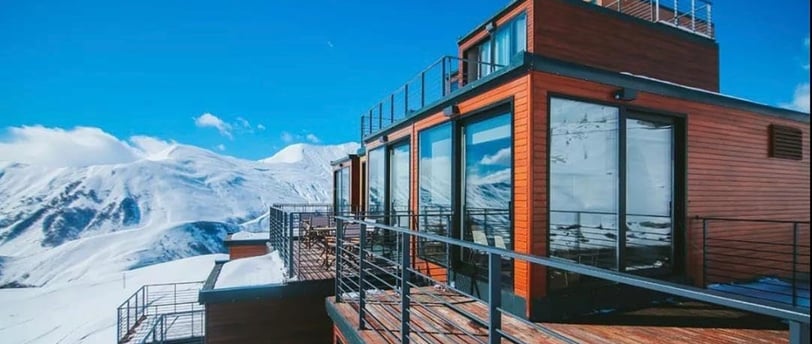Tiny Homes: An Eco-Friendly Choice
3/27/20251 min read


Tiny homes represent a significant shift in how we approach modern living, focusing on minimalism, efficiency, and environmental consciousness. Here’s why they’re a greener option:
1. Reduced Resource Consumption
Constructing a tiny home requires far fewer materials than building a traditional house. Fewer bricks, beams, and gallons of paint mean less strain on natural resources and a smaller carbon footprint during the building process.
2. Energy Efficiency
With their compact size, tiny homes demand less energy for heating, cooling, and lighting. Many are built with energy-efficient appliances, solar panels, and insulation, further reducing energy consumption.
3. Minimal Land Use
Occupying less space, tiny homes have a lighter impact on ecosystems. They don’t contribute as heavily to deforestation or habitat destruction, leaving more green spaces untouched.
4. Encouraging Sustainable Habits
Living in a tiny home promotes a minimalist lifestyle—owning less, wasting less, and being mindful of consumption. Many homeowners adopt additional eco-friendly practices, such as composting, rainwater harvesting, or installing greywater systems.
5. Eco-Friendly Materials
Many tiny homes are constructed using recycled, reclaimed, or sustainable materials, which further lessen environmental impact. Bamboo flooring, recycled metal roofing, and salvaged wood are just a few examples.
6. Mobility and Off-Grid Living
Since tiny homes are often designed to be mobile, many owners choose to live off-grid. This reduces dependency on municipal utilities and allows the use of renewable energy sources like solar and wind.
Simplicity
Explore the benefits of tiny home living.
Sustainability
Freedom
CraftYourTinyHome • © Copyright 2025 All Rights Reserved
